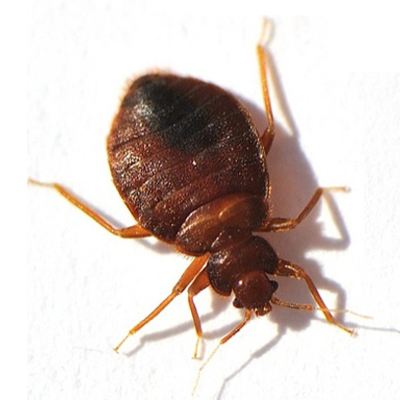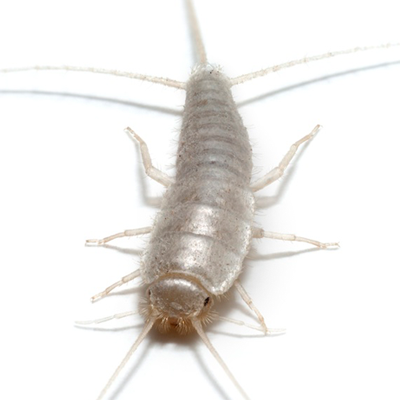Request A Free Quote
Complete the following form and our sales staff will be in touch with you to discuss how we can help with your pest control requirements.
Targeted Pest
See all targeted pests
Appearance: Bed bugs are flat, reddish-brown, oval insects up to 4 to 5 mm long or the size of an apple seed. Swollen and reddish after a blood meal.
Behavior, Diet & Habits: Bed bugs only feed on blood. Under cool conditions, bed bugs have been able to survive up to a year without a meal. They prefer to be more active at night when the host is asleep. Bed bugs are found in cracks and crevices, including mattress seams, sheets, furniture, behind baseboards, electrical outlet plates and picture frames. Often found in hotels, where they can travel from room to room and in visitors’ luggage or other personal belongings such as purses and briefcases.

Bed bugs
Cannot survive over 50°C
Appearance: White to brown-grey or bluish-silver in color, silverfish are teardrop-shaped insects that measure up to 12-19 mm in length. Three long bristles on rear. Grow from egg to adult without visible change in appearance.
Behavior, Diet & Habits: Capable of thriving in most climates, silverfish prefer to dwell in dark, damp areas such as basements, attics, kitchens and bathrooms. They are especially attracted to paper and damp clothing. Commonly found in stored boxes in garages and sheds.
Silverfish feed on carbohydrates, particularly sugars and starches. Cellulose, shampoos, glue in books, linen, silk and dead insects may be food sources. Have been found in unopened food packages.

Silverfish
Deadly Temperature 50°C
Appearance: There are thousands of mite species, the majority of which measure less than 1 mm in length. Like other arachnids, their bodies are comprised of the prosoma and abdomen, and mites bear four pairs of legs.
Behavior, Diet & Habits: Beginning as eggs, these arachnids develop through larval and pupal stages prior to full maturation. They can survive on land and in water. Although most mites are not harmful to animals, some species are parasitic in nature. Parasitic mites that attack animal hosts can cause severe skin irritation known as mange. Bird mites are similarly bothersome to poultry, while spider mites are destructive to crops. Some parasitic species are more dangerous than others, as they reside within the respiratory tracts of their hosts. Others, such as chiggers, can transfer dangerous diseases.

Dust Mites
Deadly Temperature 50°C










